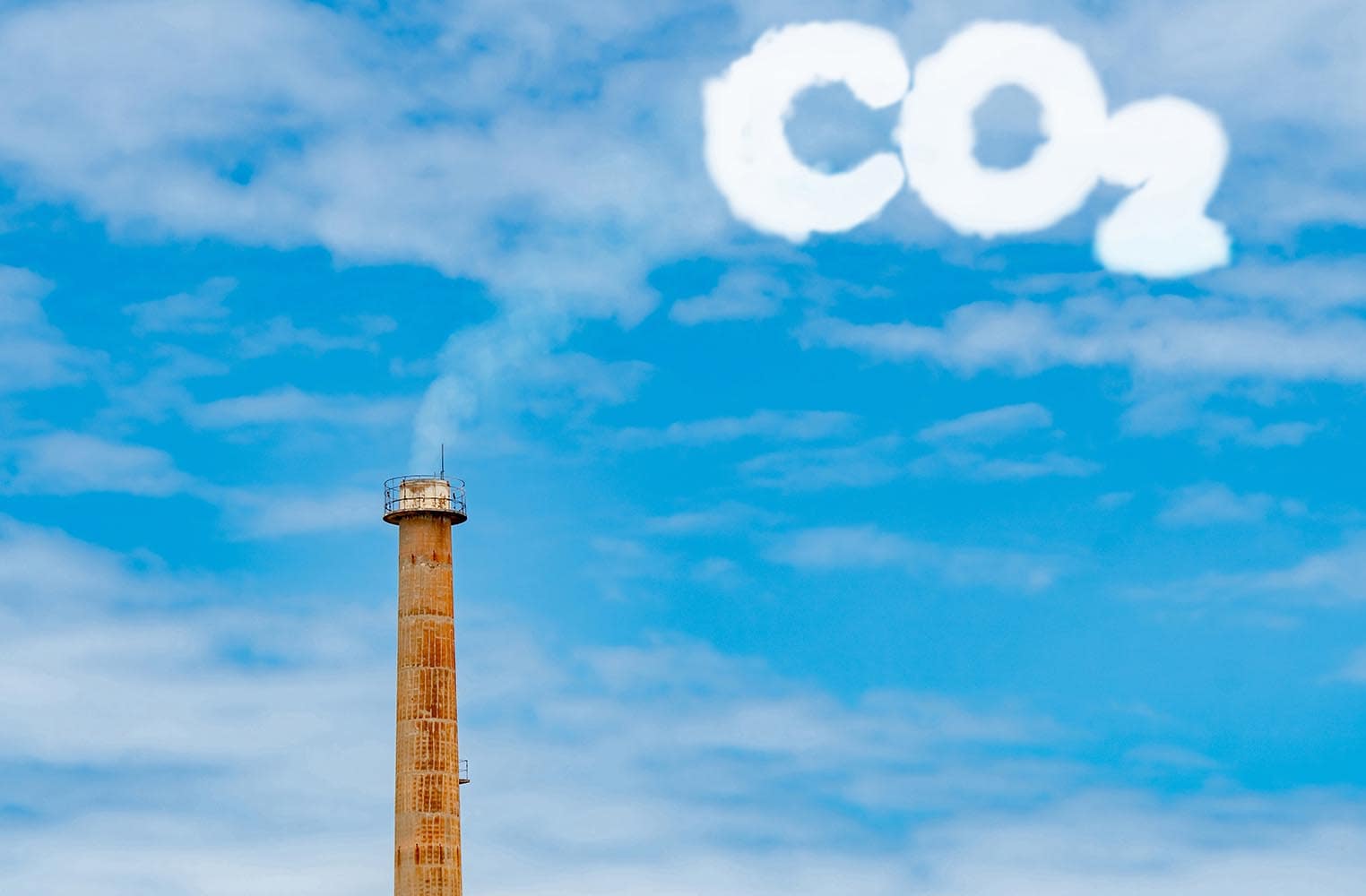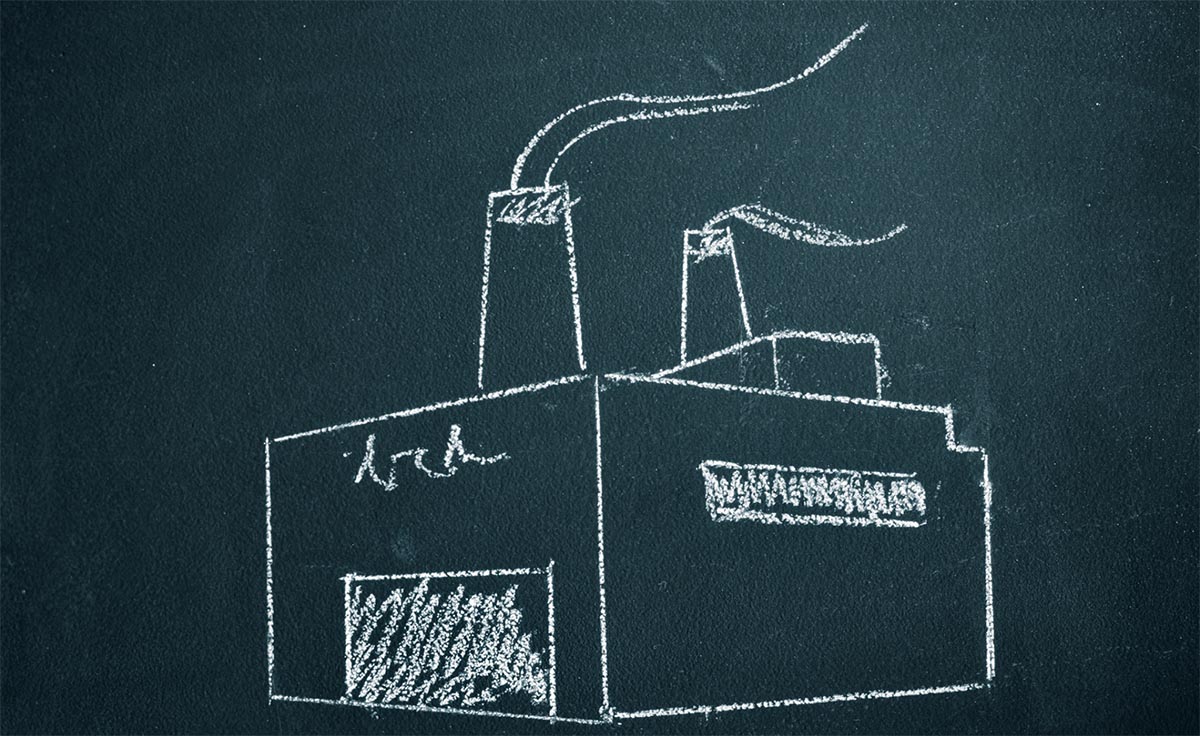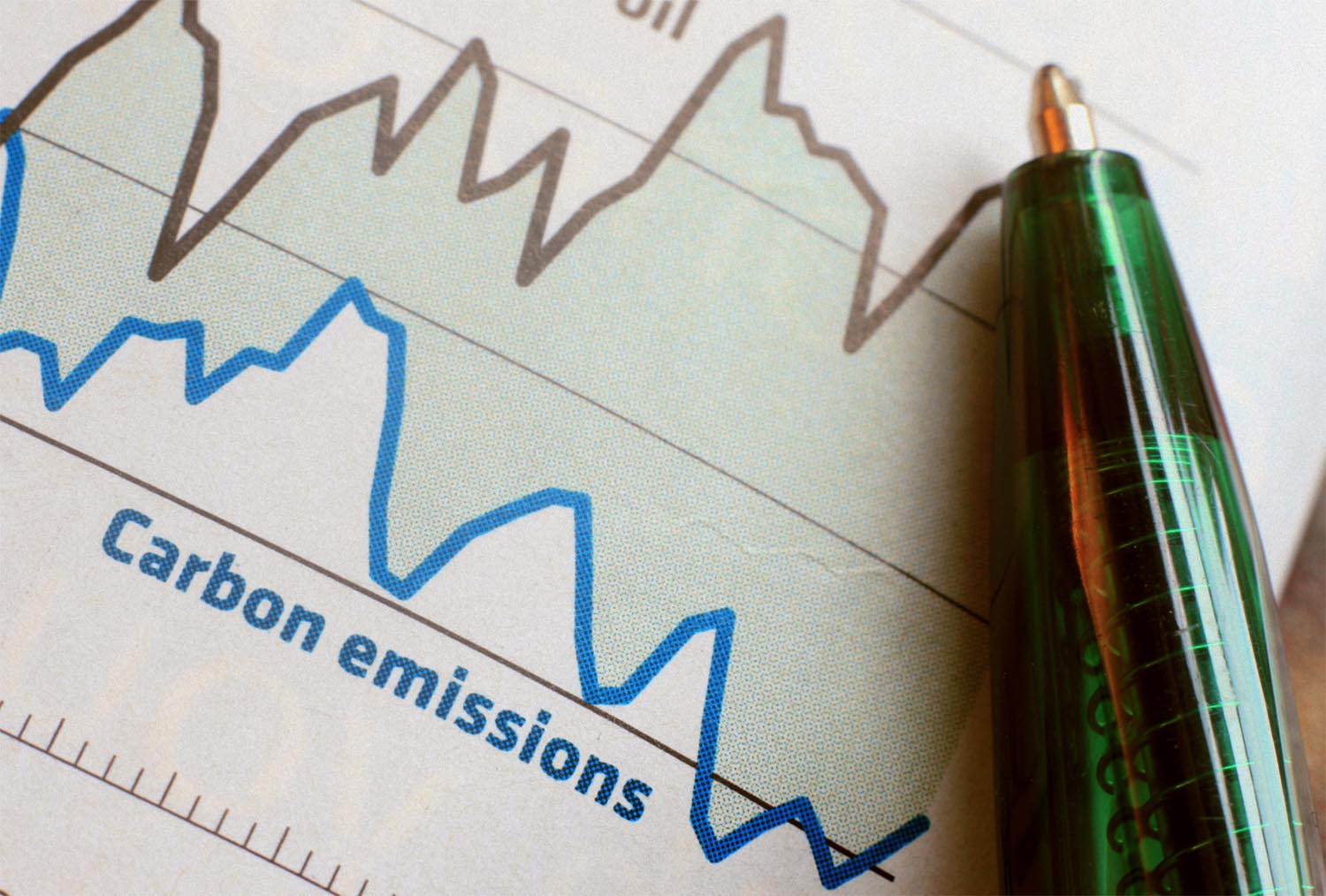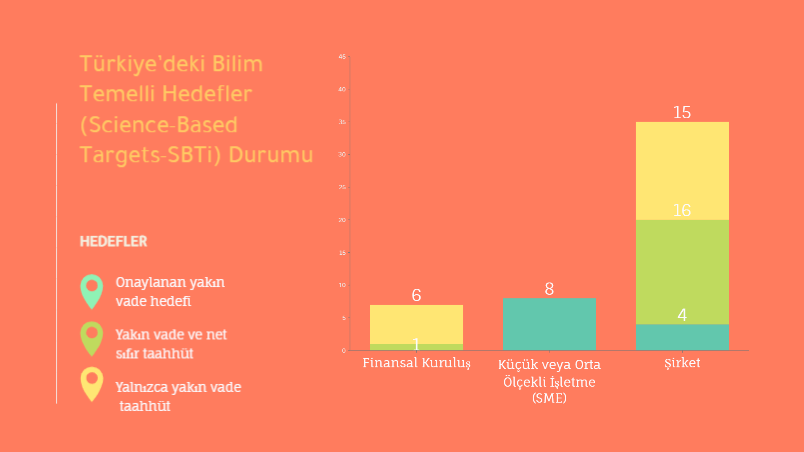Contents:
Toggle- CBAM is a mechanism that aims to tax products with "carbon leakage risk" according to their carbon intensity when exported to the EU. At the same time, it aims to equalise the carbon costs of both the products produced in the region and the imported products by preventing the producers in the EU from turning to countries with weak carbon legislation or without any regulation in this regard.
- Which sectors does it cover?
- How to Implement?
CBAM is a mechanism that aims to tax products with "carbon leakage risk" according to their carbon intensity when exported to the EU. At the same time, it aims to equalise the carbon costs of both the products produced in the region and the imported products by preventing the producers in the EU from turning to countries with weak carbon legislation or without any regulation in this regard.
SBTi shows companies and financial institutions how much and how fast they need to reduce their greenhouse gas emissions (GHG) to avoid the worst impacts of climate change.
Identifies and promotes best practices in emission reduction and net zero targets in line with climate science. Co-campaigns for climate action with UN agencies, business and industry leaders mobilising companies to set net zero science-based targets aligned with 1.5°C. Provides target-setting methods and guidance to companies to set science-based targets in line with the latest climate science.
SBTi mobilises the private sector to lead urgent climate action. It shows companies and financial institutions how much and how fast they need to cut greenhouse gas emissions to avoid the worst impacts of climate change, guiding them on a clear path to decarbonisation. It provides clarity and guidance on these journeys, including in the forest, land and agriculture and financial sectors. It launched the world’s first Corporate Net-Zero Standard to ensure that companies’ net-zero targets translate into consistent action by 2050 at the latest.
More than a thousand leading businesses and financial institutions are setting emission reduction targets in line with the latest climate science. The companies analysed collectively reduced their annual emissions by 25% between 2015 and 2019. Today’s momentum shows that, if supported, it is possible to fully decarbonise the economy by 2050 or earlier.
Which sectors does it cover?
- Cement
- Iron & Steel
- Aluminium
- Fertiliser
- Electricity
How to Implement?
EU importers under CBAM will be able to obtain carbon certificates by reporting their imported products. Certificate fees will be based on the weekly CO emissions per tonne auction price of the EU Emissions Trading System (ETS). The regulation proposed by the Commission is planned to enter into force on 1 January 2023, with a two-stage transition period until 31 December 2025 and full implementation from 1 January 2026.
Until 31 May of each year;
Amount of greenhouse gas emissions contained in products imported in the previous year,
The number of CBAM certificates to cover these emissions needs to be reported. Each certificate corresponds to one tonne of carbon emissions.
EU importers under CBAM will be able to obtain carbon certificates by reporting their imported products. Certificate fees will be based on the weekly CO emissions per tonne auction price of the EU Emissions Trading System (ETS). The regulation proposed by the Commission is planned to enter into force on 1 January 2023, with a two-stage transition period until 31 December 2025 and full implementation from 1 January 2026.
Until 31 May of each year;
Amount of greenhouse gas emissions contained in products imported in the previous year,
The number of CBAM certificates to cover these emissions needs to be reported. Each certificate corresponds to one tonne of carbon emissions.






